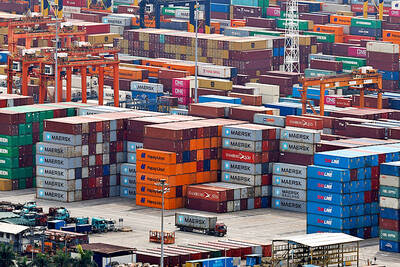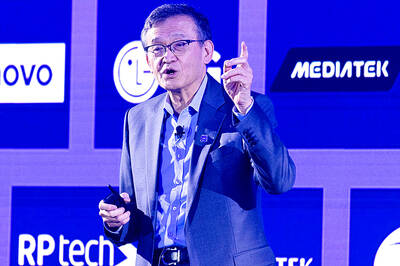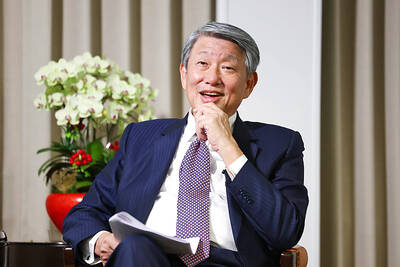From Unilever PLC to Colgate-Palmolive Co, consumer goods makers in India are facing distribution blues that have nothing to do with COVID-19 pandemic-induced shortages and bottlenecks. The trusted intermediaries that brands have traditionally relied on to reach millions of small neighborhood stores in 8,000 towns and 660,000 villages are in revolt.
It is a mutiny that the multinationals have invited upon themselves.
About 90 percent of what gets consumed in the continent-sized economy flows through a pipe known as “general trade”: Brands appoint third-party distributors who stock bulk inventory, dispatch goods in small quantities to shops in their area, collect cash and offer retailers unsecured credit at zero interest — without the cumbersome “know-your-customer,” or KYC, checks of the formal financial system.
Distributors also take the onus of compliance with rules and regulations for the brands, as they are the ones dealing directly with the last-mile outlet, known as kirana.
Each of these services is important in its own right. Together, they are worth at least 11.5 percent of the final price of merchandise, said Sumit Aggarwal, a US-trained engineer who returned to run his family’s consumer goods distribution business in north India.
Yet, the distributors’ share of the pie is barely 5 to 6 percent. The rest of their value addition benefits other stakeholders, including consumers.
If the pipe is only now gurgling with discontent, it is because a new breed of rivals has arrived. Better-funded bulk suppliers, such as Walmart Inc, billionaire Mukesh Ambani’s JioMart and Germany’s Metro AG, as well as business-to-business e-commerce firms like Udaan and Big Basket, are flexing their superior financial muscles to win over the small shopkeeper.
The price at which distributors get merchandise from brands allows for only 10 to 12 percent margins for retailers. Apps are offering as much as 20 percent. Since none of the new-age intermediaries are operationally profitable, the deep discounts are very likely backed by investor capital, of which there is no shortage at present. Retailers are switching to more modern suppliers, and the traditional distribution chain is up in arms.
Distributors in Maharashtra state stopped supplying Hindustan Unilever Ltd’s Kissan range of ketchups and sauces from Saturday last week and threatened to expand the blockade to personal-care products and detergents. Colgate, which is facing a similar embargo on its Max Fresh line of toothpaste, has been warned by an association of traders that its products might vanish from retail outlets in Maharashtra by next month. The ban might extend to other states as well.
It probably would not come to that. Small and medium-sized intermediaries are scattered across the country. While they have temporarily come together in one state, they do not have the staying power for a prolonged, nationwide strike against the far more resourceful producers.
The mobile Internet is transforming the retail landscape in India. Pure e-commerce, the kind offered by Amazon.com Inc and Walmart’s Flipkart, is still a minuscule part of overall consumer spending.
However, owners of mom-and-pop kirana shops are increasingly whipping out their smartphones to source goods as cheaply as they can.
Credit, which was the No. 1 reason for them to rely on distributors, is now being offered by a whole range of new fintech players. The combination of digital and physical commerce is expected to account for most of the US$700 billion expansion in Indian retail by 2030 and half of new jobs.
Technology-led disruptions would fundamentally enhance the productivity of commerce.
However, the conventional trade channel does not deserve to be left behind.
“There’s room for everyone,” Aggarwal said. “If brands ignore general trade and distributors’ salespeople lose their jobs, apps and other bulk suppliers will inevitably use their market power to raise prices. That won’t be good for anyone.”
Instead of letting their long-term partners in the country fall by the wayside, brands must help the direct trade channel embrace technology to become more efficient and profitable. It would not take much by way of handholding. With simple digital tools, distributors can have access to verified KYC, evaluate and underwrite credit risks, and present a transparent account of their services in a language financiers can understand.
Households in India withstood two debilitating waves of the COVID-19 pandemic without much fiscal support from the government beyond free food.
Research has shown that it is not so much the formal financial system that helped them survive the lockdowns and the elevated medical expenses, but informal credit from shops. Where will a hole-in-the-wall kirana obtain the resources to be a lender of last resort for the bottom of the pyramid in remote towns and villages?
The answer lies in the traditional distribution chain, nurtured by a previous generation of multinational managers. Their successors should not let a myopic vision of technological change destroy this important safety valve.
Andy Mukherjee is a Bloomberg Opinion columnist covering industrial companies and financial services. He was previously a columnist for Reuters Breakingviews. He has also worked for the Straits Times, ET Now and Bloomberg News.
This column does not necessarily reflect the opinion of the editorial board or Bloomberg LP and its owners.

Nvidia Corp CEO Jensen Huang (黃仁勳) today announced that his company has selected "Beitou Shilin" in Taipei for its new Taiwan office, called Nvidia Constellation, putting an end to months of speculation. Industry sources have said that the tech giant has been eyeing the Beitou Shilin Science Park as the site of its new overseas headquarters, and speculated that the new headquarters would be built on two plots of land designated as "T17" and "T18," which span 3.89 hectares in the park. "I think it's time for us to reveal one of the largest products we've ever built," Huang said near the

China yesterday announced anti-dumping duties as high as 74.9 percent on imports of polyoxymethylene (POM) copolymers, a type of engineering plastic, from Taiwan, the US, the EU and Japan. The Chinese Ministry of Commerce’s findings conclude a probe launched in May last year, shortly after the US sharply increased tariffs on Chinese electric vehicles, computer chips and other imports. POM copolymers can partially replace metals such as copper and zinc, and have various applications, including in auto parts, electronics and medical equipment, the Chinese ministry has said. In January, it said initial investigations had determined that dumping was taking place, and implemented preliminary

Intel Corp yesterday reinforced its determination to strengthen its partnerships with Taiwan’s ecosystem partners including original-electronic-manufacturing (OEM) companies such as Hon Hai Precision Industry Co (鴻海精密) and chipmaker United Microelectronics Corp (UMC, 聯電). “Tonight marks a new beginning. We renew our new partnership with Taiwan ecosystem,” Intel new chief executive officer Tan Lip-bu (陳立武) said at a dinner with representatives from the company’s local partners, celebrating the 40th anniversary of the US chip giant’s presence in Taiwan. Tan took the reins at Intel six weeks ago aiming to reform the chipmaker and revive its past glory. This is the first time Tan

CUSTOMERS’ BURDEN: TSMC already has operations in the US and is a foundry, so any tariff increase would mostly affect US customers, not the company, the minister said Taiwanese manufacturers are “not afraid” of US tariffs, but are concerned about being affected more heavily than regional economic competitors Japan and South Korea, Minister of Economic Affairs J.W. Kuo (郭智輝) said. “Taiwan has many advantages that other countries do not have, the most notable of which is its semiconductor ecosystem,” Kuo said. The US “must rely on Taiwan” to boost its microchip manufacturing capacities, Kuo said in an interview ahead of his one-year anniversary in office tomorrow. Taiwan has submitted a position paper under Section 232 of the US Trade Expansion Act to explain the “complementary relationship” between Taiwan and the US